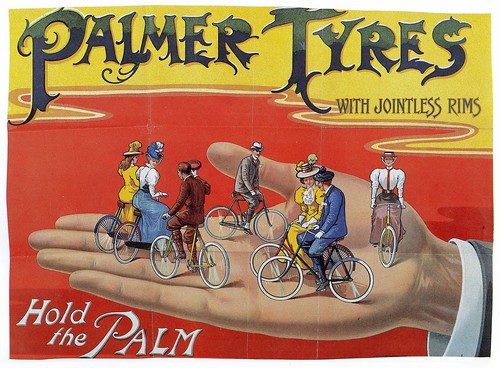The Victorian Era was a time of rapid change in industry, technology and transportation for the British Empire and some of her former colonies. Rail transportation and steam ships made the world smaller, and the bicycle craze of the 1890s changed urban transportation and recreation.

Last February, we talked about Sherlock Holmes and his Adventure of the Solitary Cyclist, in which a bike-riding woman asks the famous consulting detective to look into what she believes is a creepy stalker.
In another story, “The Adventure of the Priory School,” Holmes is asked to look into the abduction of a duke’s son from a preparatory school. While investigating the apparent kidnapping, Holmes and Dr. Watson see a set of bicycle trucks in the moor.
“A bicycle, certainly, but not THE bicycle,” said he. “I am familiar with forty-two different impressions left by tires. This, as you perceive, is a Dunlop, with a patch upon the outer cover. Heidegger’s tires were Palmer’s, leaving longitudinal stripes. Aveling, the mathematical master, was sure upon the point. Therefore, it is not Heidegger’s track.”
Holmes then deduces the direction of travel of the mystery wheelman.
The more deeply sunk impression is, of course, the hind wheel, upon which the weight rests. You perceive several places where it has passed across and obliterated the more shallow mark of the front one. It was undoubtedly heading away from the school.
After that, Holmes and his sidekick discover evidence for what appears to be two people on bikes, one chasing the other and, eventually, they find a body next to a crashed bike.
Tomorrow, we’ll talk about a math professor who tells us how Sherlock Holmes (or, more properly, Arthur Conan Doyle) got this part of the mystery wrong when examining the direction the travel. Stay tuned!